As you can see , I have a winform chart ( DevExpress Chart ) with two series .

Each series has their points.
And what I want is to find the overlapping points of those two series ( pointed by green circle in picture ) .
For example ( 3.4 for the first overlapping point and 7.3 for the second overlapping point ) .
Thanks .